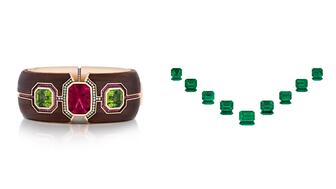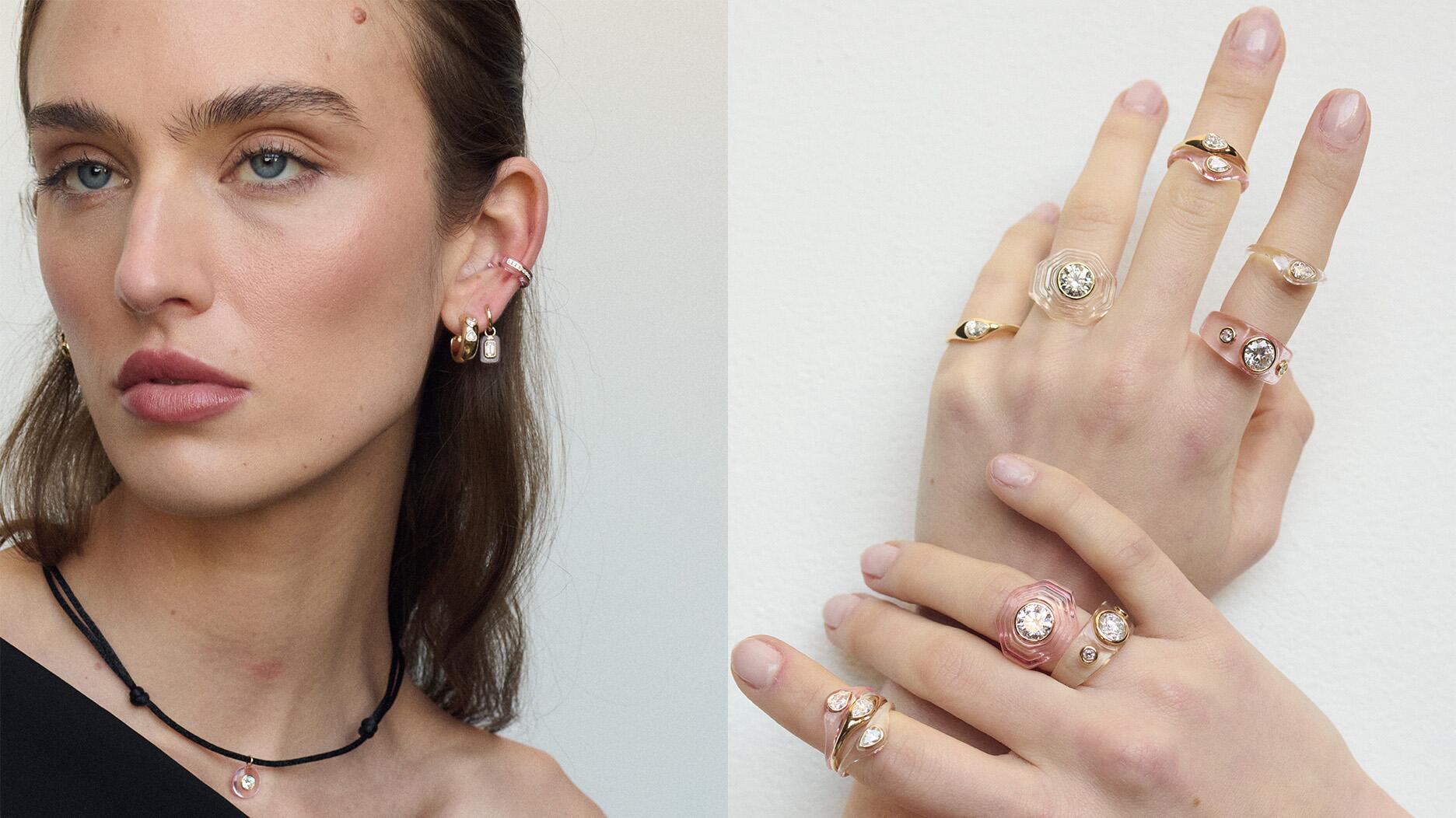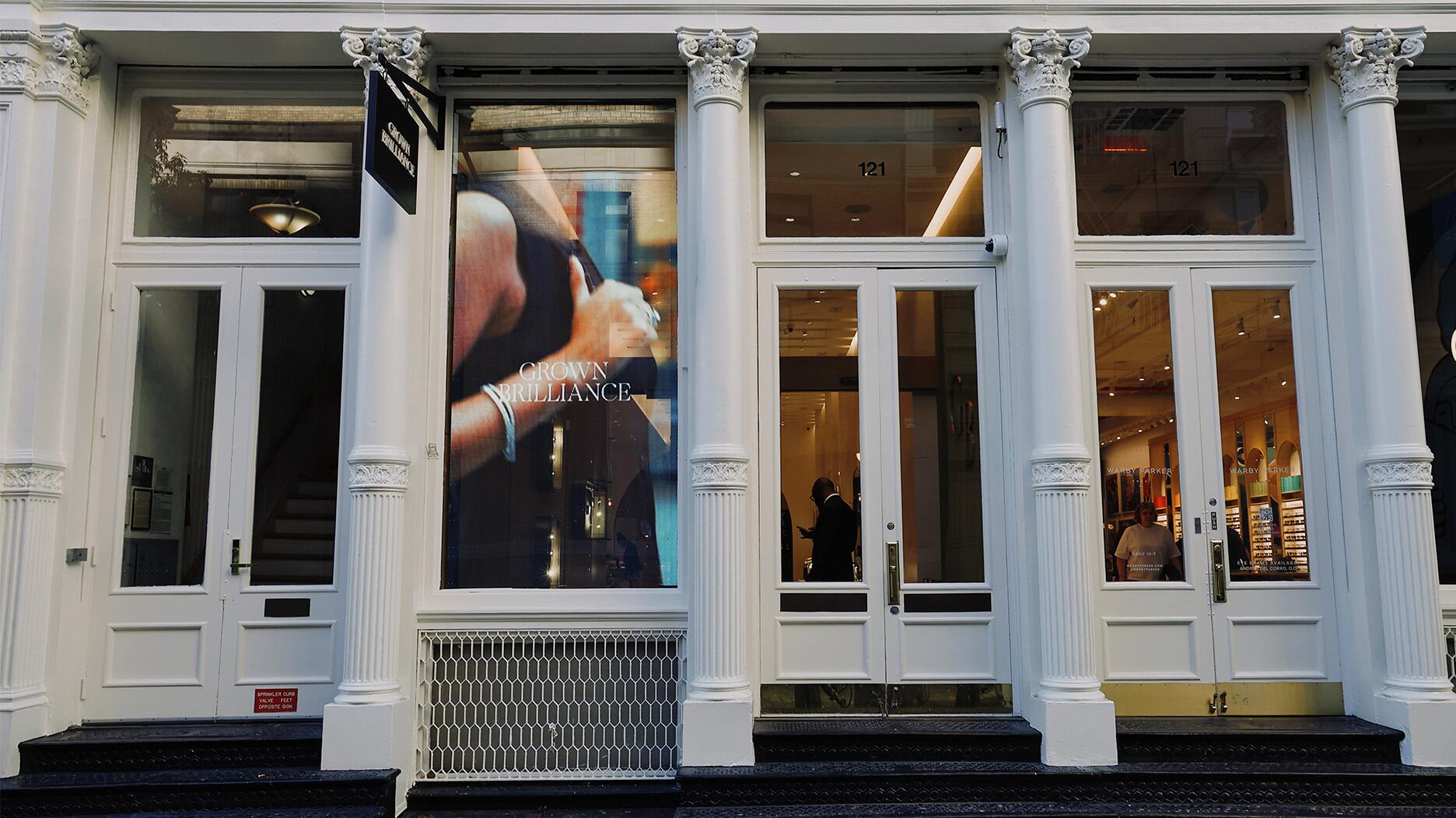Measuring the Lab-Grown Diamond Market: Size, Growth, and Future Opportunities
National Jeweler talks to two analysts about market share and where the stones go from here.

The category slowly has been building in market share as production ramps up and more consumers opt for a man-made stone, with the U.S. market being the largest by far for the products.
To put the current market size and near-term prospects into perspective, National Jeweler spoke with independent industry analysts Edahn Golan and Paul Zimnisky.
Both use their own research and analysis to create the data shared below, which is based on their estimates and forecasts.
An Upward Curve
Looking at the market over the past five years shows an interesting growth curve.
Prior to 2018, lab-grown diamond jewelry sales totaled less than $1 billion, representing less than 1 percent of the total global diamond jewelry market, Zimnisky estimates. (Though these are global figures, Zimnisky noted that the U.S. makes up the majority of the market—more than 90 percent.)
Golan’s estimates for 2018 have lab-grown diamonds accounting for less than 1.5 percent of all diamond sales by specialty retailers in the United States.
By the following year, that had crept up to more than 2 percent, he said, and it’s continued to grow, especially as more producers, like De Beers with its Lightbox brand, have come online.
By 2020, the stones’ market share had increased to about 3.5 percent, and last year it neared 5 percent, indicating continued growth in consumer awareness and acceptance of the product, Golan said.
Overall, Golan said lab-grown diamonds were a $3.9 billion business in the U.S. in 2021.
Zimnisky’s estimates for the market are more bullish.
His research indicates that in 2021, global lab-grown diamond jewelry sales totaled approximately $5.9 billion, representing 7 to 8 percent of the total diamond jewelry market.
According to these two experts, there’s no doubt the lab-grown diamond market will continue to grow, especially as producers ramp up supply and major retailers, like Signet and Pandora, continue to increase their lab-grown diamond inventory.
“All things being equal, a 7 percent share in 2022 is not an unlikely scenario,” Golan said.
Zimnisky, meanwhile, said lab-grown jewelry sales could near $8 billion-plus in 2022, approaching 10 percent of the total diamond jewelry market, and near the $10 billion mark by 2023.
Bridal vs. Fashion
One of the biggest conversations around lab-grown diamonds is, what will consumers buy them for, exactly? Bridal or fashion jewelry?
Currently, about 60 percent of lab-grown diamond sales by value at specialty jewelers are bridal, according to Golan, who noted that’s largely because engagement rings generally cost more than fashion pieces.
But when one looks at the market share by number of units sold (volume), bridal and fashion are evenly split at 50-50, he said.
Golan also noted the ratio of lab-grown diamond sales at larger retail spaces, like Macy’s or Amazon, is very different because consumers tend to shop there for fashion jewelry more than bridal, further indicating that, in the U.S., lab-grown diamond bridal jewelry doesn’t have such a large share.
“I think self-purchase is probably getting to be the biggest segment of the market and a lot of that’s fashion jewelry.”—Paul Zimnisky
Zimnisky said while the lab-grown diamond market has seen the lion’s share of its opportunity in bridal so far, it will start to occupy more in fashion jewelry in the coming years.
“I think self-purchase is probably getting to be the biggest segment of the market and a lot of that’s fashion jewelry,” he said, adding that big companies like Pandora and Lightbox are positioning them as fashion products as well.
Pricing could also influence this potential trend, he said.
As lab-grown diamond prices keep dropping—as they have been for a few years now—it’s likely more lab-grown diamonds will be marketed as fashion jewelry.
Pricing and Its Effects
Lab-grown diamond prices fell last year, while natural polished diamond prices rose by about 30 percent, Zimnisky estimated, widening the gap between the two categories.
Better methods among growers and competition among wholesalers will lead to a continued decrease in prices, both analysts agreed, and it remains to be seen when lab-grown prices will bottom out.
Right now, generic lab-grown diamonds are priced as much as 75-85 percent lower than natural diamonds of the same quality, Zimnisky said.
He said lab-grown diamonds likely will end up being priced similar to Lightbox, which has a linear pricing system based on size ($800 for a 1-carat diamond, $400 for a half-carat diamond, etc.).
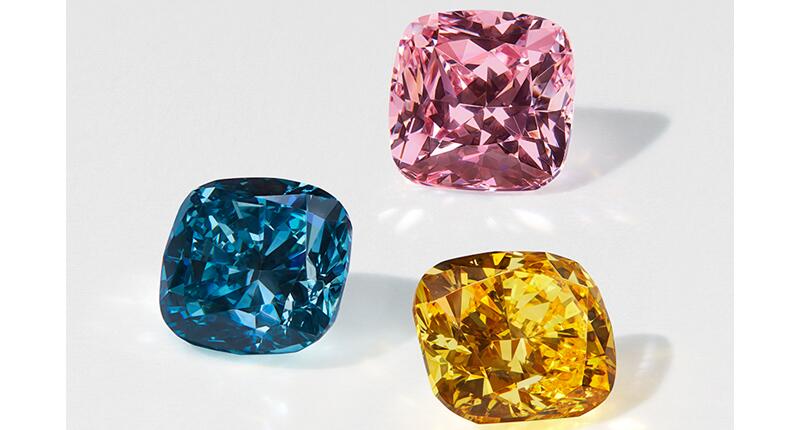
The widening price gap also plays a role in one big question on everyone’s mind: Are lab-grown diamonds taking away from sales of natural diamonds?
Just a few years ago, when lab-grown diamonds were priced 10 to 15 percent less than comparable natural diamonds, “almost all of those lab-grown diamond sales were probably taking sales away from natural,” he said.
But now that the price gap has widened, there are probably many consumers buying a lab-grown diamond that wouldn’t have considered a natural diamond of the same quality because the price is so much higher. In other words, lab-grown diamonds are potentially finding new consumers.
Ultimately, though, market share and growth will depend on one important aspect, both analysts agreed—marketing.
“It’s still a luxury product. It’s an emotional purchase, and people buy it because they like the way it makes them feel. And I think that’s where the marketing kind of really comes into play,” Zimnisky said.
“I think the natural diamond industry can really protect its market if it’s successful with proper marketing. And if they aren’t, then I think that there’s serious risk there.”
The Latest

Amber Pepper’s main focus will be on digital innovation and engaging younger consumers.
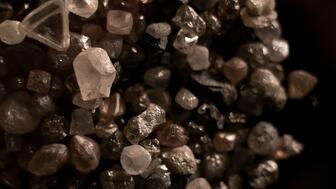
Called “Origin by De Beers Group,” the loose, polished diamonds are being sold in a total of 30 stores in the United States and Canada.
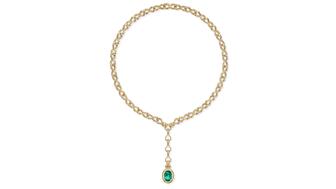
The lariat necklace features a 4.88-carat oval-cut Zambian emerald in 18-karat yellow gold.

How Jewelers of America’s 20 Under 40 are leading to ensure a brighter future for the jewelry industry.
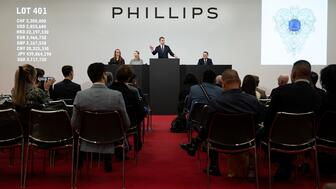
A 43-carat sapphire brooch from the Vanderbilt collection was the top lot of the Geneva sale.

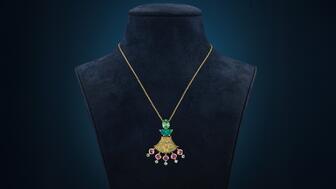
Rau is a fourth-generation art and antique dealer from M.S. Rau gallery whose first jewelry collection merges artifacts with modern design.

Former De Beers sustainability leader Purvi Shah will take over the role in February 2026.

Roseco’s 704-page catalog showcases new lab-grown diamonds, findings, tools & more—available in print or interactive digital editions.
La Joux-Perret is based in La Chaux-de-Fonds, Switzerland, and makes solar quartz as well as mechanical watch movements.

She previously taught at Gem-A and is the founder of The Gem Academy.

The British actress and her daughter modeled pieces from the brand’s new “Palette” capsule for its “Once Upon a Time” holiday campaign.

Plus, the tech giant shares the steps retailers should take if they believe they’re a victim of a review extortion scam.
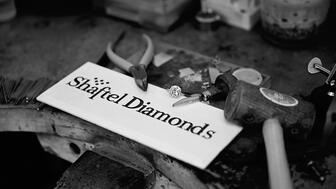
Danny and Gaby Shaftel are now Shaftel Diamonds’ CEO and chief operating officer, respectively.
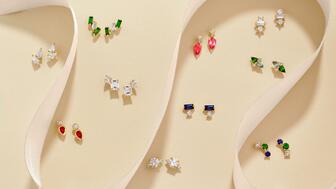
The jewelry manufacturer’s seasonal offering features its new “Melodie” bangles, as well as mini stud earrings and layering pieces.
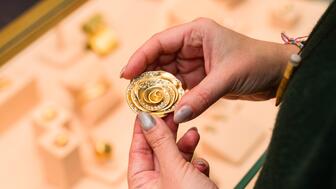
With more than 140 activations taking place in New York City now through Nov. 23, these 12 events are can’t-miss moments.
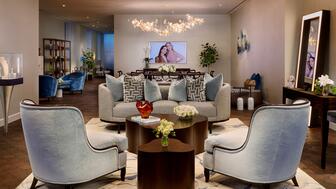
The Chapter 11 filing follows the resignation of CEO Moti Ferder, who stepped down after an investigation into the company’s finances.
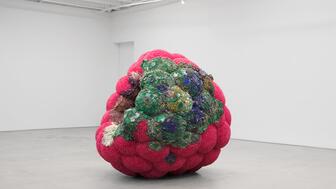
The artwork is part of an exhibition featuring works by Kathleen Ryan, an artist known for her gemstone-studded rotting fruit sculptures.
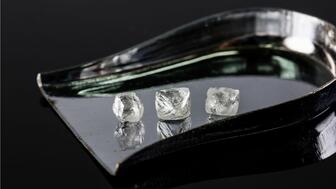
Mark Wall, president and CEO of Canadian mining company Mountain Province Diamonds, will vacate his position next month.

Faustino Alamo Dominguez and his son, 25-year-old Luis Angel Alamo, were gunned down following an armed robbery at their jewelry store.

Tiffany & Co. veteran Jeffrey Bennett has stepped into the role.
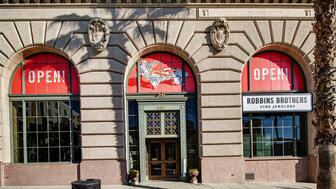
The showroom is located in a historic 1920s building in the Playhouse District.
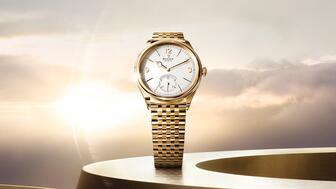
The Swiss government announced the deal, which cuts the tax on Swiss imports by more than half, on social media Friday morning.
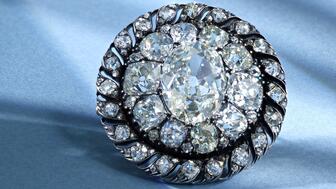
A buyer paid $4.4 million for the piece, which Napoleon wore on his hat for special occasions and left behind when he fled Waterloo.
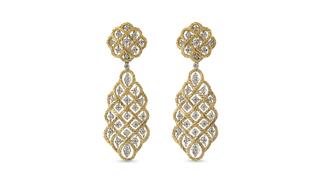
Plus, how tariffs and the rising price of gold are affecting its watch and jewelry brands.
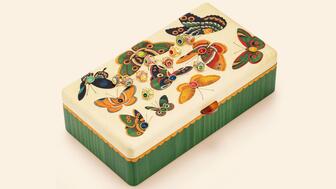
Furmanovich designed the box to hold Mellerio’s “Color Queen,” a high jewelry collection consisting of 10 rings.

Jennifer Hopf, who has been with JCK since 2022, will lead the execution of the long-running jewelry trade show.
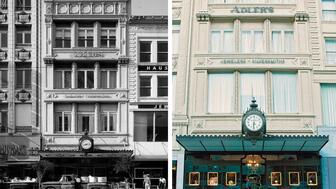
Adler’s Jewelry is set to close its two stores as 82-year-old owner Coleman E. Adler II retires.


